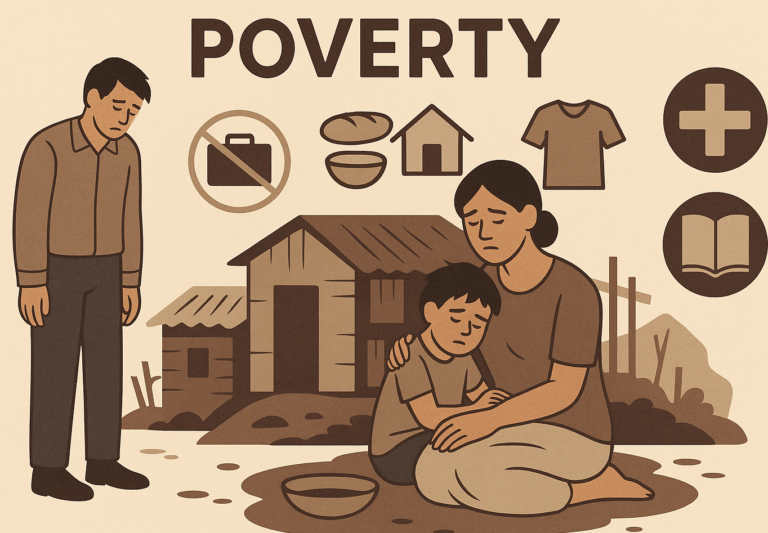1. British Rule in India (1757-1947)
India was ruled by the British for almost 200 years, from 1757 to 1947. Here’s how it happened:
- East India Company: In the beginning, the British didn’t directly rule India. Instead, a company called the East India Company controlled trade and slowly began taking control of parts of India. They defeated the Indian rulers in battles and used the resources of the land.
- Battle of Plassey (1757): The British won an important battle in Bengal (modern-day Bangladesh) against the ruler Siraj-ud-Daula. This victory marked the beginning of British dominance in India.
- Direct British Rule: In 1857, a big rebellion called the First War of Indian Independence or Sepoy Mutiny broke out. The British crushed it, but it made them realize they needed to take direct control. So, in 1858, the British government took over from the East India Company and began direct rule (called British Raj) over India.
- British Policies: The British made many policies that benefited them but hurt Indians. They took away India’s resources, made Indians pay heavy taxes, and introduced unfair systems. This made many people unhappy.

2. The Struggle for Independence (1857-1947)
The freedom struggle against British rule started after the 1857 rebellion but became stronger in the 20th century. Here’s a timeline of major events:
Early Struggles (1857-1900s)
- 1857 Revolt (Sepoy Mutiny): The first major attempt to challenge British rule. Although it was unsuccessful, it ignited the spirit of resistance in India.
- Formation of Indian National Congress (INC): In 1885, a group of educated Indians formed the Indian National Congress (INC) to voice their concerns to the British. Initially, the INC only wanted reforms, not independence.
The Rise of Nationalism (1900-1919)
- Bal Gangadhar Tilak: A key leader who popularized the idea of complete independence (Swaraj) instead of just reforms. His slogan was “Swaraj is my birthright!”
- Jallianwala Bagh Massacre (1919): In Amritsar, British General Dyer ordered soldiers to fire at a crowd of unarmed people. Hundreds were killed, which made many Indians angry and pushed them toward the idea of independence.
Gandhi’s Leadership (1919-1947)
- Mahatma Gandhi: In 1915, Gandhi returned to India from South Africa, where he had fought for the rights of Indians. He became the leader of the independence movement.
- Non-Violence (Ahimsa): Gandhi promoted non-violent resistance (called Satyagraha) and led major movements against the British, like the Salt March (1930) and the Quit India Movement (1942). He believed in peaceful protests to achieve freedom.
- Civil Disobedience Movement: Gandhi encouraged Indians to break unjust British laws, like the salt tax, by making salt from the sea in a peaceful march (Salt March). This became a huge movement for independence.
- Subhas Chandra Bose: Another important leader who wanted independence through force if necessary. He formed the Indian National Army (INA) and fought against the British during World War II.
3. Freedom Fighters and Leaders
There were many heroes who fought for India’s independence. Some of the most important ones are:
- Mahatma Gandhi: The father of the nation, known for his peaceful methods like Satyagraha and Non-Cooperation.
- Jawaharlal Nehru: India’s first Prime Minister and a close ally of Gandhi in the fight for freedom.
- Sardar Vallabhbhai Patel: Known as the “Iron Man of India”, he played a major role in uniting the country after independence.
- Bhagat Singh: A revolutionary who fought for freedom through violent means. He became a martyr after being executed by the British.
- Subhas Chandra Bose: Leader of the Indian National Army (INA), he worked with Japan and Germany during World War II to defeat the British.
- Lala Lajpat Rai, Bal Gangadhar Tilak, Bipin Chandra Pal: These leaders were part of the Lal-Bal-Pal trio and were the first to call for complete independence, rather than just reforms.
- Sarojini Naidu: Known as the “Nightingale of India”, she was a poet and also a leader in the independence struggle, especially in organizing women for the cause.
- Dr. B.R. Ambedkar: He was the chief architect of the Indian Constitution and worked for the rights of the Dalits (previously untouchables).
4. The Road to Independence (1947)
- World War II: During World War II (1939-1945), India contributed soldiers and resources to the British war effort. However, the British were weakened after the war and could no longer maintain control over India.
- Quit India Movement (1942): Gandhi gave the call for the Quit India Movement, demanding the British leave India immediately. Although this was suppressed by the British, it showed the determination of the Indian people.
- Partition of India (1947): Finally, the British decided to leave India. However, the country was divided into India and Pakistan based on religious lines. This led to widespread violence and mass migration as Hindus and Sikhs moved to India, and Muslims moved to Pakistan.
- Independence: On August 15, 1947, India finally gained independence from British rule. Jawaharlal Nehru became the first Prime Minister, and the Indian Constitution was later adopted in 1950.
Key Events and Terms:
- Non-Cooperation Movement (1920-1922): A movement led by Gandhi asking Indians to boycott British goods, schools, and services.
- Salt March (1930): A 240-mile march led by Gandhi to protest the British salt tax.
- Civil Disobedience: The act of defying British laws non-violently, such as refusing to pay taxes.
- Quit India Movement (1942): A mass protest demanding the immediate departure of the British.
Conclusion
India’s fight for independence was a long and difficult struggle, but with leaders like Gandhi, Nehru, and many other brave freedom fighters, India was able to break free from British rule. Today, we celebrate Independence Day every year on August 15 to remember the sacrifices made by all those who fought for our freedom.











